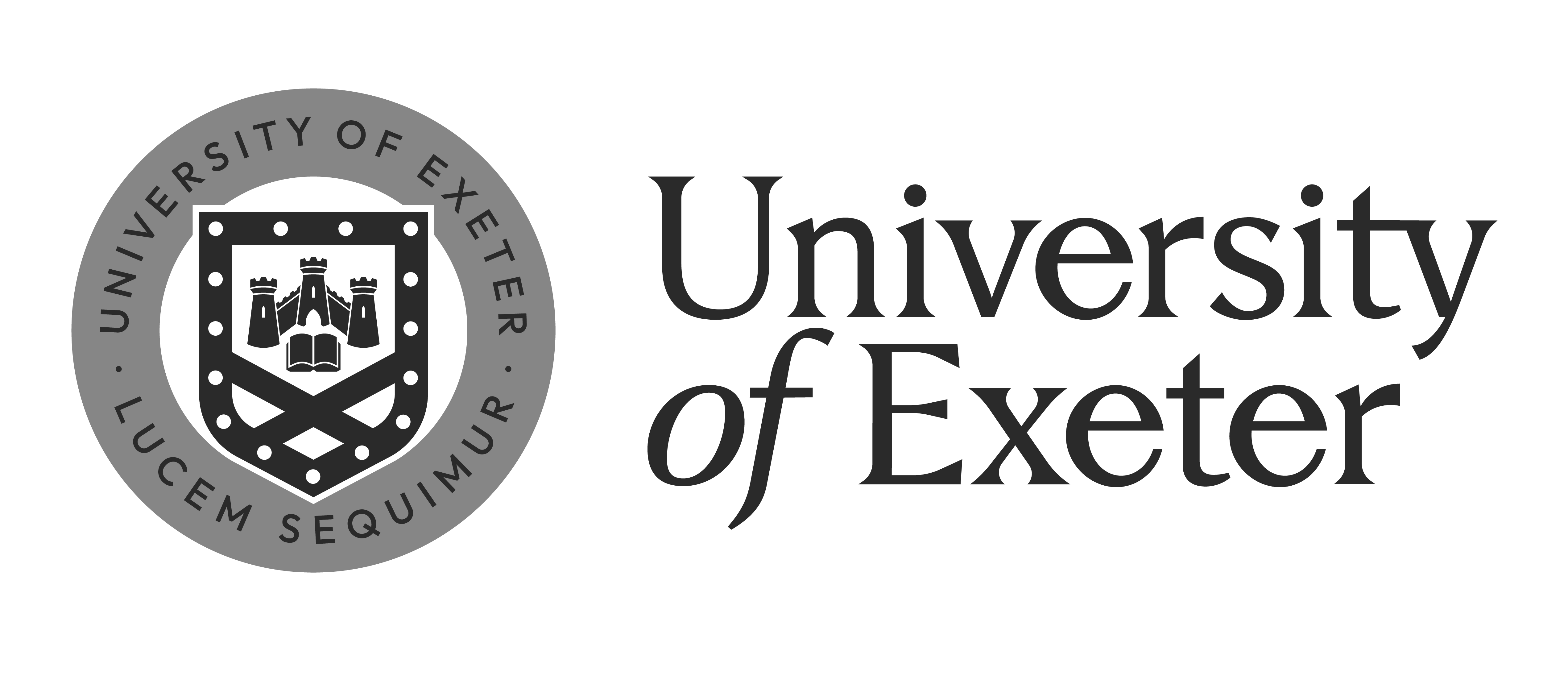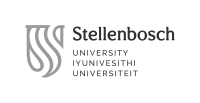S1815 Communicating Media and Politics in a Globalized World
Professors
Schedule
Course description
Alike many social practices, politics, media and news are affected by globalization. This course focuses on the changes of these essential domains of public communication and public interest under the influence of globalization: how do politicians communicate in globalized media cultures and how does globalization constrain journalism and media practices? Taking the perspective of language and communication sciences, the course will present the key concepts of political and media communication. It will consider a great variety of communicative cultures (USA, UK, EU countries) and formats: news conferences, interviews, broadcast news bulletins, talk shows, debates, in the contexts of global events and crisis: European elections (2014), terrorist attacks (2015-2016). Accordingly, the course will cover the following topics:
- Media and politics in globalized cultures and societies.
- Multi-competent professionals communicating via multiple activities.
- Public interest, public communication, audience design & participation.
- Authority and expertise of professionals vs. lay citizens.
- Institutional power and legitimacy vs. ethos, performance and credibility.
Learning outcomes
In this course, the students will acquire and improve knowledge and awareness of the practices of the media (especially the news media) and politics in current globalized media and political cultures. They will be able to identify typical communicative strategies and their aims: from poly-addressing of audiences to the staging of emotions and affects. They will be able to reflect on the discursive constructions of public and private spheres and therefore improve awareness of what public interest and civic concerns represent in globalized societies. In particular, the students will:
- Learn to read and discuss texts on political and media communication.
- Learn to consider complex multimodal data.
- Learn to diagnose communicative strategies and analyze them in detail.
- Learn to categorize a media and/or political performance.
Teaching approach
The method of instruction will be very interactive and practical. Sessions will be structured around the discussion of central concepts combined with the application of the techniques of interdisciplinary analysis which are presented. The students will have to consider the complexity of multimodal products (i.e. combining several modes: image, language, sound, visual) and multiple activities (i.e. produced by teams: news professionals in the newsroom, « spin doctors » in political environments) addressed to multiple audiences (i.e. poly-addressing) by multi-competent professionals (politicians, journalists). The data will be exclusively audio-visual (YouTube, broadcast).
Evaluation
The students’ grade will be composed by:
- Class participation (20%): presence and engagement in group discussions.
- Class exercises (30%) on the basis of a report of 1 or 2 seminal essays (small groups of 2-3 students).
- Data session (50 %): a presentation and leading discussion of the basis of a personal choice of data collection and transcript (small groups of 2-3 students).
A mid-term grade will be communicated to the SHSS office based on class participation and exercises.
Readings
Bell A. (2009). Language style as Audience Design. In N. Coupland & A. Jaworski (eds). The New Sociolinguistics Reader (pp. 265-275). Basingstoke: Palgrave Macmillan.
Bourdieu, P. (1998). On Television. New York. New Press.
Cotter C. (2010), News Talk. Investigating the Language of Journalism. Cambridge: C.U.P.
Ekström M. & M. Patrona (2011). Talking Politics in Broadcast Media. Cross-cultural perspectives on interviewing, journalism and accountability. Amsterdam-Philadelphia. John Benjamins.
Ekström M. & A. Tolson (2013). Media Talk and Political Elections in Europe and America. New-York. Palgrave MacMillan.
Flottum K. (ed) (2013). Speaking of Europe. Approaches to complexity in European political discourse. Amsterdam. John Benjamins.
Hauser, S. & Luginbühl, M. (eds.) (2012). Contrastive media analysis. Approaches to linguistic and cultural aspects of mass media communication. Amsterdam. John Benjamins.
Kovach B. & T. Rosenstiel (2001). The Elements of Journalism: What newspeople should know and the public should expect. New York: Crown Publishers.
Kroon A. & G. Erikson (2016). Messy interviews: changing conditions for politicians visibility on the web. Media, Culture & Society 1-19.
Kuhn R. & E. Neveu (2002). Political Journalism. New Challenges, New Practices. London: Routledge.
Machin D. & S. Niblock (2006). News production. Theory and Practice. London: Routledge.
Tolson A. (2006). Media Talk. Spoken Discourse on TV and Radio (pp. 74-93). Edinburgh: Edinburgh University Press.
Thornborrow J. (2015). The Discourse of public participation media: from talk show to Twitter. London: Routledge.
Zelizer B & S. Allan (2010). Keywords in news & journalism studies. McGraw Hill: Open University Press.


















